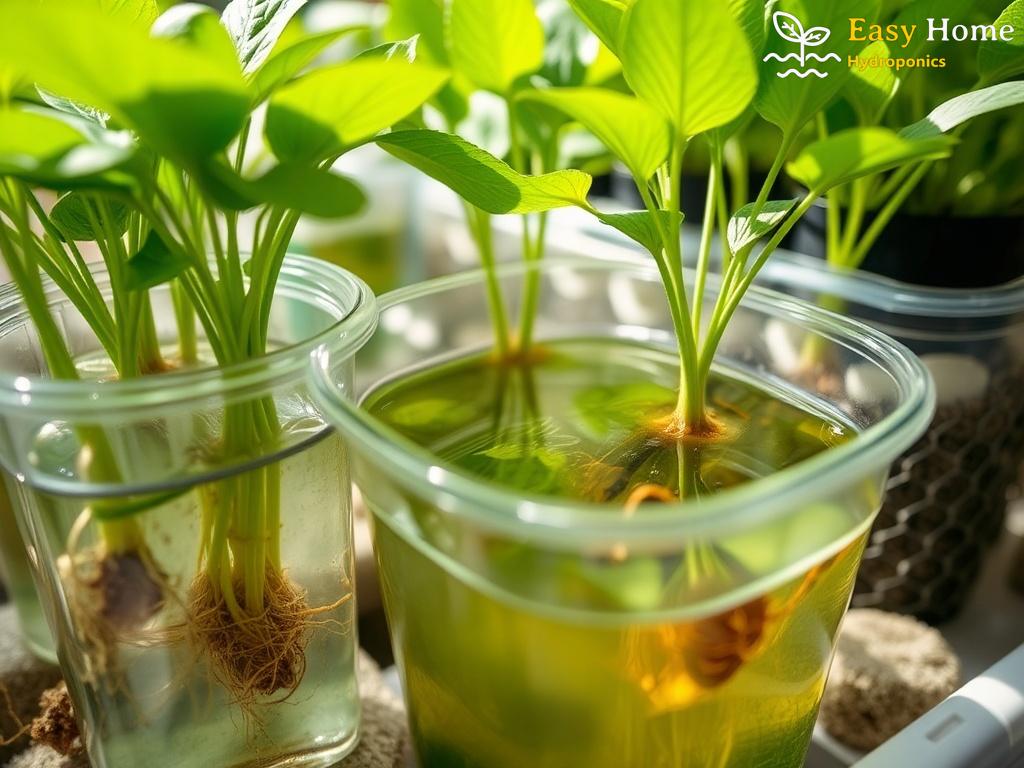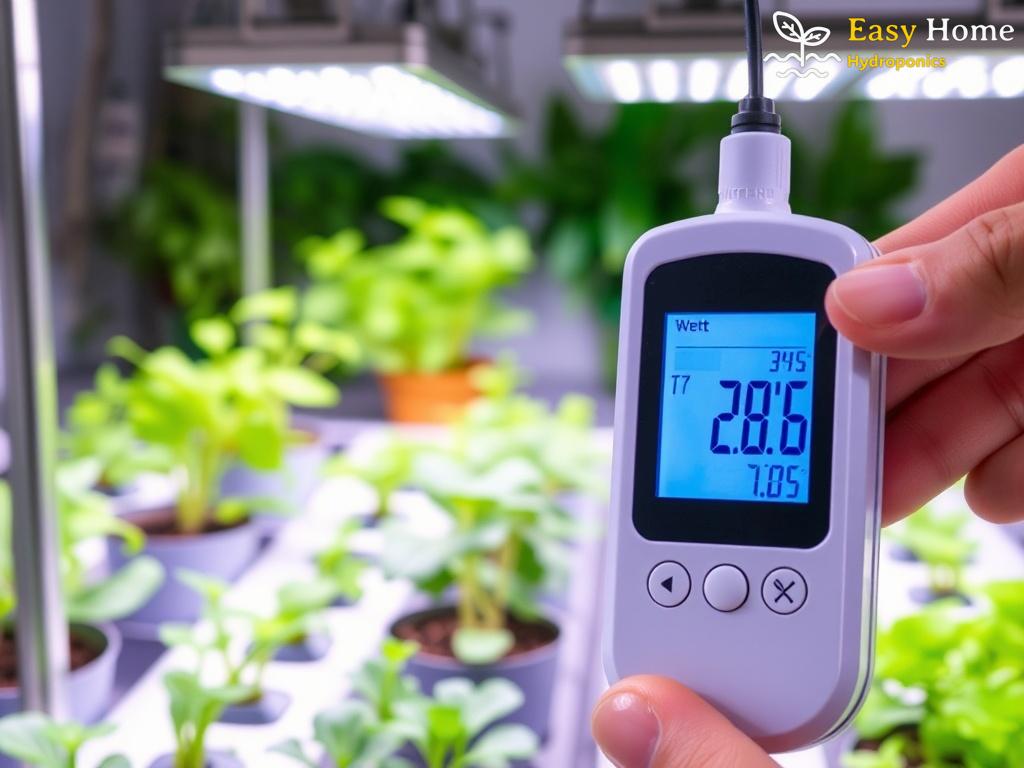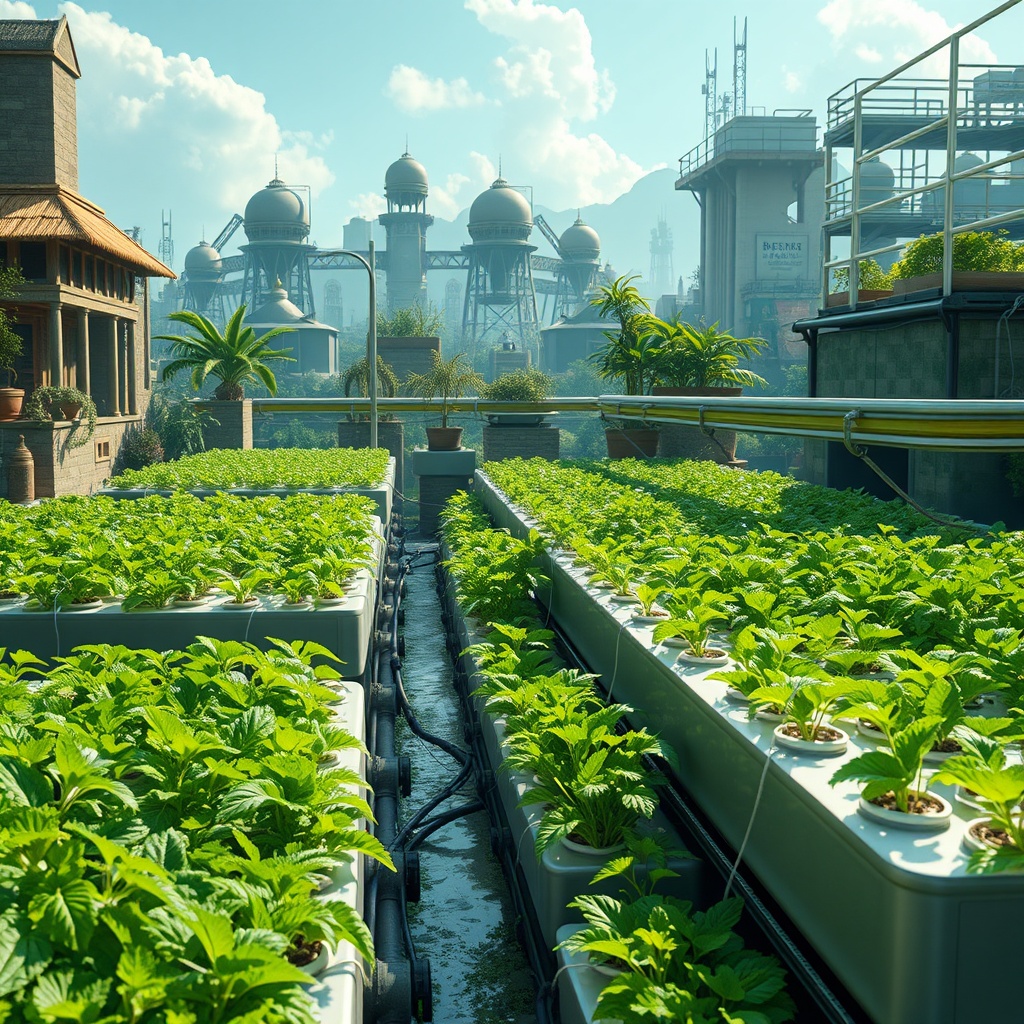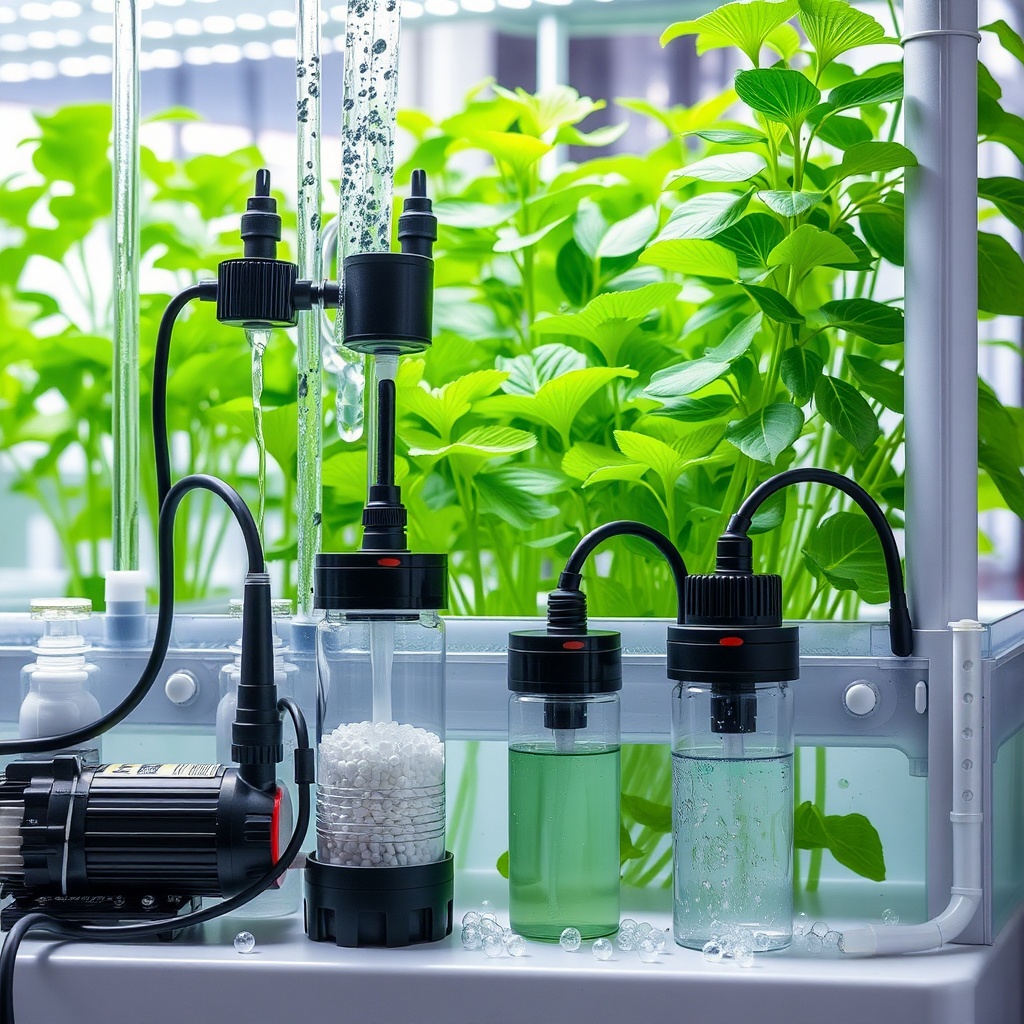Unlocking the Secrets: What is Hydroponic Cloning?
Hydroponic cloning is an innovative technique that has taken the gardening world by storm. This method allows enthusiasts and professional growers alike to propagate plants without soil, using nutrient-rich water as their lifeblood. But what makes hydroponic cloning so captivating? Let’s dive into the intricacies of this process and explore its benefits, methods, and some essential tips for success.
The Art and Science Behind Hydroponic Cloning
At its core, hydroponic cloning is about creating genetically identical plants from a parent plant. This method not only ensures that the new plants retain the desirable traits of the parent but also accelerates the growth process. Traditional soil propagation can take weeks or even months, while hydroponic clones can root and flourish in a fraction of that time. But how exactly does this process work?
Key Techniques for Successful Cloning
There are several popular techniques for hydroponic cloning, each with its unique advantages. Understanding these methods can help you choose the right approach for your specific needs. Here’s a quick comparison:
| Cloning Method | Description | Pros | Cons |
|---|---|---|---|
| Water Propagation | Placing cuttings in water until roots develop. | Simple and effective; no special equipment needed. | Can lead to rot if not monitored. |
| Rockwool Cubes | Using sterile rockwool cubes to support cuttings and retain moisture. | Excellent moisture retention; easy to manage. | Can be tricky to handle if overwatered. |
| Aeroponics | Suspending cuttings in air and misting them with a nutrient solution. | Faster root development and higher oxygenation. | Requires more specialized equipment. |
Choosing the right cloning method is crucial for success, but so is maintaining the right environmental conditions. Factors such as humidity, temperature, and light can significantly influence the rooting process, so here are some tips to keep in mind:
- Maintain high humidity levels (around 70-90%) for optimal rooting.
- Keep temperatures between 70-75°F (21-24°C) to encourage growth.
- Use a grow light to provide adequate lighting, especially in low-light conditions.
Harvesting the Rewards of Hydroponic Cloning
Once your hydroponic clones have established roots, the real fun begins! These plants can be transferred into larger hydroponic systems or grown individually. With the right care and attention, you’ll soon enjoy a bountiful harvest of fresh, healthy plants that are clones of your favorites. This not only saves time and resources but also fosters a deeper connection to your gardening endeavors.
The Essential Tools: Gear Up for Hydroponic Success

Embarking on the journey of hydroponic cloning is an exciting venture, but to navigate it successfully, equipping yourself with the essential tools is paramount. Having the right gear not only streamlines the process but also enhances the overall experience, making your cloning efforts more efficient and fruitful. Let’s explore the must-have tools that every hydroponic enthusiast should consider in their cloning toolkit.
Core Equipment for Cloning
When it comes to hydroponic cloning, certain tools are indispensable. Investing in quality equipment can greatly impact your success rate and the health of your clones. Below is a list of essential items that will set you on the path to hydroponic triumph:
- Cutting Tools: Sharp scissors or pruning shears are vital for taking clean cuttings from your parent plant.
- Cloning Gel or Solution: This helps to stimulate root growth and protect the cuttings from diseases.
- Growing Medium: Whether you choose rockwool, coco coir, or peat pellets, a quality medium provides support and moisture retention.
- Humidity Dome: This creates a controlled environment to maintain moisture levels, crucial for rooting success.
- Light Source: An LED grow light ensures your clones receive the appropriate light spectrum for healthy growth.
- pH Testing Kit: Maintaining the right pH in your nutrient solution is essential for optimal nutrient uptake.
- Temperature Control Tools: Thermometers and heaters or coolers help maintain ideal temperatures for rooting.
Advanced Tools for Enhanced Cloning
For those looking to take their hydroponic cloning to the next level, several advanced tools can enhance your setup. These tools can provide you with more control and increase your chances of success:
- Aeroponic Systems: These systems allow for maximum oxygenation and nutrient delivery to your cuttings.
- Cloning Machines: Automated devices that can take multiple cuttings at once, providing consistent conditions for rooting.
- Environmental Monitors: Devices that track humidity, temperature, and light levels, ensuring optimal conditions at all times.
Equipping yourself with these essential tools not only lays the foundation for successful hydroponic cloning but also enriches your gardening experience. As you gather your gear, remember that the right tools, combined with knowledge and care, can lead to a thriving hydroponic garden filled with healthy clones. Ready to dive in? Your hydroponic adventure awaits!
Step-by-Step Guide: Mastering the Cloning Process
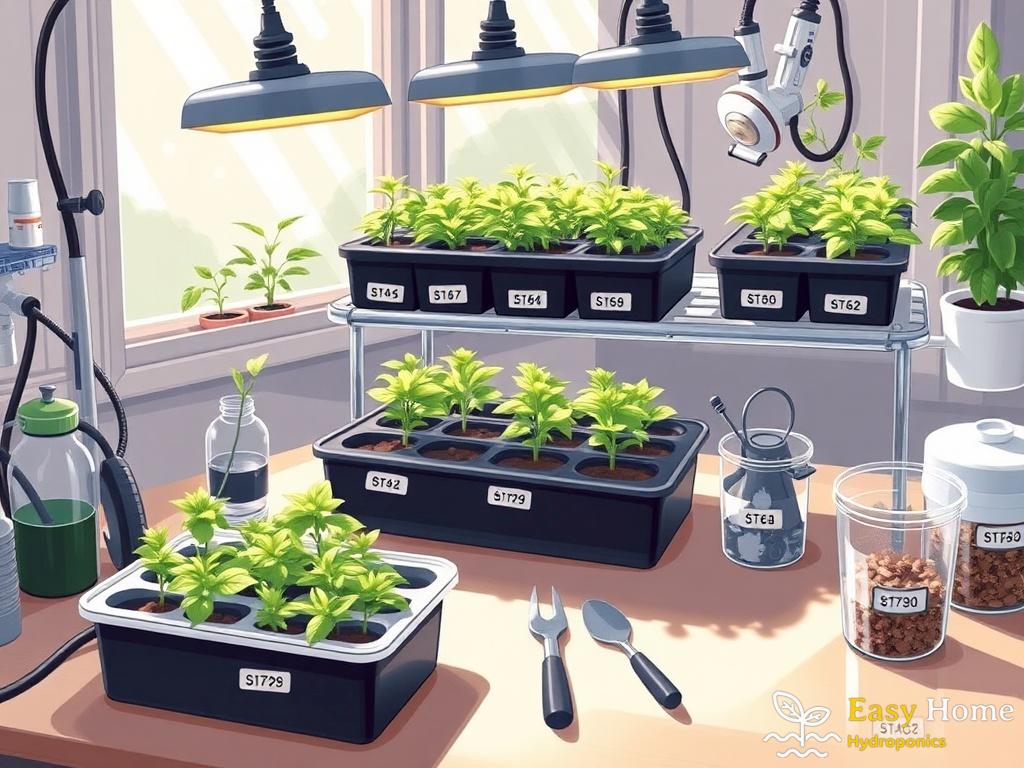
Embarking on Your Cloning Journey
Getting started with hydroponic cloning can feel like a daunting task, but with the right approach, you can master the art in no time. This process is not only about cutting and placing; it’s a delicate dance of science and care that can yield incredible results. By following these meticulously crafted steps, you will be well on your way to producing healthy clones that mirror the best traits of your parent plants.
Preparing for the Cloning Adventure
The first step in this exciting journey is to gather all the essential tools and materials you will need. Sharp cutting tools are crucial, as they ensure clean cuts that reduce the risk of disease. Additionally, having a cloning gel or solution on hand will help stimulate root growth and protect your cuttings. Now, let’s talk about the importance of a suitable growing medium. Whether you opt for rockwool, coco coir, or another medium, make sure it retains moisture while providing adequate support for the cuttings. Setting up a humidity dome will create a stable environment, which is vital for maintaining moisture levels during the initial rooting phase.
Nailing the Cloning Technique
Once your tools are ready, it’s time to take cuttings from the parent plant. Aim for healthy stems with multiple nodes and make your cut just below a node to maximize rooting potential. After cutting, immediately dip the ends into cloning gel to promote growth. Place the cuttings into your prepared growing medium within the humidity dome, ensuring that they are supported but not overcrowded. As your clones settle into their new homes, remember that maintaining the right environmental conditions is key. Keep humidity levels high, around 70-90%, and ensure temperatures hover between 70-75°F (21-24°C). With the right lighting, such as an LED grow light, your clones will thrive, and in just a few weeks, you will witness the magic of hydroponic cloning as roots begin to emerge.
Nurturing New Growth: Care and Maintenance for Clones
Creating the Ideal Environment for Young Clones
Once your hydroponic clones have taken root, the journey is far from over. These delicate new plants require a nurturing environment to thrive. This involves more than just water and light; it’s about creating a micro-ecosystem that supports their growth. A proper setup will not only enhance growth rates but also increase resilience against pests and diseases.
Ensuring optimal conditions begins with temperature and humidity management. Young clones are particularly sensitive to their surroundings, so maintaining a stable environment is crucial. Here’s a closer look at the fundamental aspects of clone care:
- Humidity: Aim for a humidity level between 70-90% during the early stages. This helps prevent moisture loss and promotes root development.
- Temperature: Keep temperatures consistent, ideally between 70-75°F (21-24°C). Sudden fluctuations can stress the clones.
- Light: Provide around 16-18 hours of light daily using full-spectrum LED grow lights, ensuring they receive adequate energy for photosynthesis.
Watering Wisely: The Balance of Moisture
Watering might seem straightforward, but it becomes a nuanced affair when caring for hydroponic clones. Overwatering can lead to root rot, while under-watering can stunt growth. Therefore, understanding the moisture needs of your clones is essential.
| Watering Technique | Description | Advantages |
|---|---|---|
| Deep Watering | Soaking the growing medium thoroughly, allowing it to drain. | Encourages deep root growth and strong plant structure. |
| Frequent Mistings | Lightly misting clones throughout the day. | Helps maintain humidity and prevents drying out during early growth. |
| Hydroponic System Monitoring | Using a system that automatically adjusts water levels. | Reduces human error and ensures consistent moisture. |
It’s vital to observe your clones closely; signs of distress, such as yellowing leaves or wilting, can indicate the need for adjustments. Regularly checking the pH levels of your nutrient solution also plays a pivotal role in the health and growth of your plants.
Fostering Resilience: Nutrient Management and Pest Control
Just like any living organism, hydroponic clones thrive on the right nutrition. As they begin to grow, they will require a balanced nutrient solution to support their development. Understanding nutrient ratios and their importance can make a significant difference in the vigor of your clones.
Additionally, monitoring for pests and diseases is essential in maintaining a healthy hydroponic environment. Implementing integrated pest management strategies can help in proactively managing potential threats. Here’s a concise overview of best practices:
- Regularly inspect your clones for any signs of pests.
- Use organic pest control methods to minimize chemical exposure.
- Keep the growing area clean and free from debris.
- Introduce beneficial insects like ladybugs to naturally control pests.
By providing the right care and maintenance, you can ensure that your hydroponic clones not only survive but thrive, leading to a bountiful harvest and an enriching gardening experience.
Troubleshooting Tips: Overcoming Common Cloning Challenges
Navigating the Waters of Hydroponic Cloning
While hydroponic cloning opens the door to a world of vibrant plant propagation, it’s not without its hurdles. New gardeners and seasoned enthusiasts alike can encounter various challenges that may hinder their success. From wilting cuttings to slow root development, it’s essential to recognize these issues and tackle them head-on. In this section, we will explore some common obstacles and provide actionable solutions to help you achieve a thriving hydroponic garden.
Identifying and Resolving Rooting Issues
One of the most prevalent challenges faced by hydroponic cloners is the struggle with rooting. If your cuttings appear lifeless or fail to produce roots, it’s time to investigate the factors at play. The moisture levels in your growing medium can significantly impact rooting success. Over-saturation can lead to root rot, while under-watering may prevent roots from forming altogether. To strike a balance, consider adopting a deep watering technique to thoroughly hydrate the medium, followed by a light misting regimen to maintain humidity without drowning your cuttings.
Temperature is another crucial aspect that requires attention. If your clones are exposed to fluctuating temperatures, they may experience stress that inhibits growth. Aim to maintain a consistent temperature between 70-75°F (21-24°C), and utilize thermometers to monitor any shifts. If your environment tends to fluctuate, investing in heating mats or cooling systems can provide the stability your clones need. Lastly, don’t overlook the importance of using a quality cloning gel. A good gel not only promotes root growth but also protects cuttings from pathogens, giving them a fighting chance right from the start.
Combatting Pests and Disease in Hydroponic Cloning
As your hydroponic clones begin to thrive, the risk of pests and diseases can pose additional challenges. Regular inspections are vital; early detection is key to preventing a minor issue from becoming a full-blown infestation. If you notice discolored leaves or unusual spots, it may be time to take action. Utilize organic pest control methods such as neem oil or insecticidal soap, which can effectively manage pests without exposing your clones to harsh chemicals.
Moreover, maintaining a clean growing environment is crucial. Ensure that debris is cleared from your planting area, as this can harbor pests and diseases. Introducing beneficial insects like ladybugs can also create a natural balance, offering an eco-friendly solution to pest management. By taking proactive measures and nurturing a healthy ecosystem, your hydroponic clones will not only survive but flourish, paving the way for a bountiful harvest.

